Can Parakeets Survive in the Wild? Understanding Their Adaptability
In the fascinating realm of pet birds, parakeets shine brightly with their colorful personalities and charming demeanors. These captivating birds are cherished globally, but a question that often arises among parakeet enthusiasts is: Can parakeets survive in the wild?
Our exploration into the world of parakeets’ survival in the wild takes us through a comprehensive understanding of their natural behaviors, inherent survival skills, and adaptation mechanisms. By delving into the factors that influence their survival, we hope to offer valuable insights for parakeet owners and bird enthusiasts alike.
Key Takeaways:
- Parakeets can survive in the wild depending on factors like adaptability, climate, and food availability.
- Domestic parakeets, when exposed to the wild, might initially struggle but could potentially adapt over time.
- Ensuring the survival of parakeets in the wild requires understanding their specific needs and the challenges they may face in such an environment.
The short answer is that survival greatly depends on various factors such as their adaptability, the specific climate, and the availability of food resources. Domestic parakeets that are released or accidentally escape into the wild may initially struggle due to the sudden change in environment. However, with time and the right conditions, they could potentially adapt and survive.
Key Factors Determining Parakeet Survival in the Wild
Understanding the potential for parakeet survival in the wild involves unpacking a variety of key factors that contribute to their ability to thrive outside of domestic settings.
1. Can Parakeets Survive Outside in Winter?
Parakeets originate from Australia, a land of mild winters and warm summers. They are hardy birds, but their ability to endure cold climates is limited. When exposed to temperatures below 40 degrees Fahrenheit (4 degrees Celsius), parakeets can experience hypothermia.
However, in milder winter conditions, with access to shelter and ample food, they may stand a chance at survival.
2. Can Parakeets Live Outside in a Cage?
Keeping parakeets outside in a cage can be possible, but requires careful planning. The cage should be secure to protect the bird from potential predators. It should also provide shelter from the elements, with a part of it always in the shade to avoid overheating.
Proper cage positioning, away from potential hazards and noise, can make the difference between survival and distress.
3. Can Parakeets Stay Outside in Summer?
Summer can be a tricky time for parakeets to stay outdoors. They are more tolerant of heat than cold, but extreme temperatures can still be dangerous. Providing shade, ample water, and monitoring for signs of heat stress are essential for their survival.
4. How Long Can an Escaped Budgie Survive?
Escaped budgies face numerous challenges, from predators to food scarcity. Their survival largely depends on their ability to quickly adapt to their new environment. Some may manage to survive for several years, particularly if they join flocks of wild birds.
However, others might not fare as well, especially in regions with harsh climates or limited food resources.
Each of these factors paints a part of the picture when it comes to parakeet survival in the wild. By understanding these elements, we can better appreciate the resiliency of these remarkable birds, as well as the challenges they face when thrust into an unfamiliar environment.
Understanding Parakeet Species: Origin, Diversity, and Characteristics
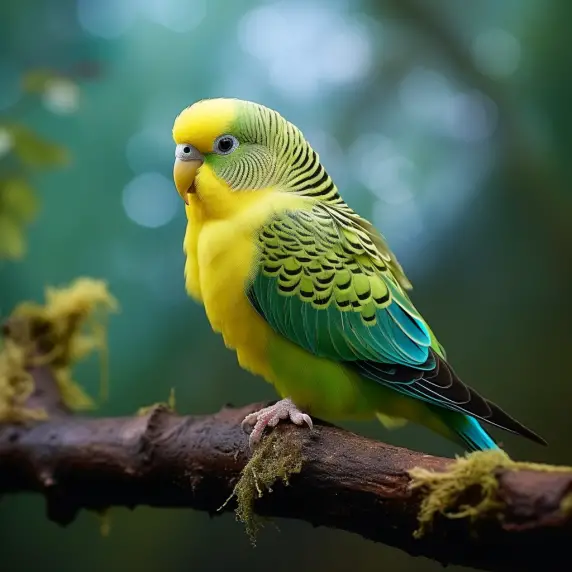
A crucial element in understanding parakeet survival in the wild involves getting to know their origin, diversity, and inherent characteristics.
1. Origins and Natural Habitat of Parakeets
Parakeets, specifically the budgerigar or “budgie,” hail from the harsh landscapes of Australia. Here, they endure both scorching hot summers and relatively mild winters. The arid regions and grasslands of Australia provide a diverse diet for these birds, a critical factor that shapes their survival skills.
2. The Diversity of Parakeets: A Brief Overview
While the term “parakeet” is often associated with budgies, it actually refers to a large group of small to medium-sized species of parrot, particularly those with long tail feathers. This includes over a hundred different species, each with its own unique characteristics, habitats, and survival capabilities.
3. Unique Characteristics
Parakeets are known for their sociability, intelligence, and adaptability. They have strong flocking instincts, which, in a wild setting, can aid their survival. The flock provides protection, a shared knowledge of food and water sources, and a communal warning system against predators.
Their vibrant colors, often a mix of green, yellow, and blue hues, help them blend in among leaves and grasses, providing a natural camouflage against threats.
Knowing the origin, diversity, and inherent characteristics of parakeets helps us gauge their potential for survival in the wild. It’s important to note that while they may exhibit robust survival instincts, their well-being in wild environments is often a matter of adaptability, preparation, and a bit of luck.
Parakeet Survival Skills: Transitioning from Domestic to Wild
The transition from a domestic setting to a wild environment poses a formidable challenge to parakeets. This transition tests their survival skills to the maximum, but with their inherent instincts and ability to adapt, they may surprise us with their resilience.
1. Foraging, Flight, and Evasion: Essential Survival Skills
Parakeets possess a range of survival skills vital for their survival in the wild:
- Foraging Skills: Parakeets are naturally inquisitive and are adept foragers. In a wild setting, they will explore and experiment with different types of food sources. This skill is vital for finding nourishment and ensuring their survival.
- Flight Abilities: Being strong flyers, parakeets have the ability to escape predators and travel long distances in search of food and water. Their flight also allows them to seek suitable nesting and roosting sites.
- Threat Evasion: Parakeets’ vibrant colors work as effective camouflage, helping them blend with their surroundings and evade predators. Their sharp eyesight and flocking behavior also contribute to early threat detection.
2. The Role of Human Interaction in Parakeet Survival
While parakeets are capable of survival skills necessary in the wild, they also develop behaviors through human interaction that could influence their survival.
- Dependency on Humans: Domestic parakeets often become reliant on humans for their basic needs. This dependency could be a disadvantage in a wild setting where self-sufficiency is crucial.
- Learned Behaviours and Their Impact on Survival: Parakeets are quick learners and can adapt their behaviors based on their environment. In domestic settings, they learn behaviors that may not be beneficial in the wild. Conversely, exposure to a wild environment can trigger the development of survival behaviors such as increased vigilance and improved foraging.
Understanding these survival skills and behaviors provides a window into how parakeets may fare in the wild. It also highlights the importance of environmental context in shaping these birds’ survival strategies.
The Wild Environment: Parakeet’s Challenges and Adaptations
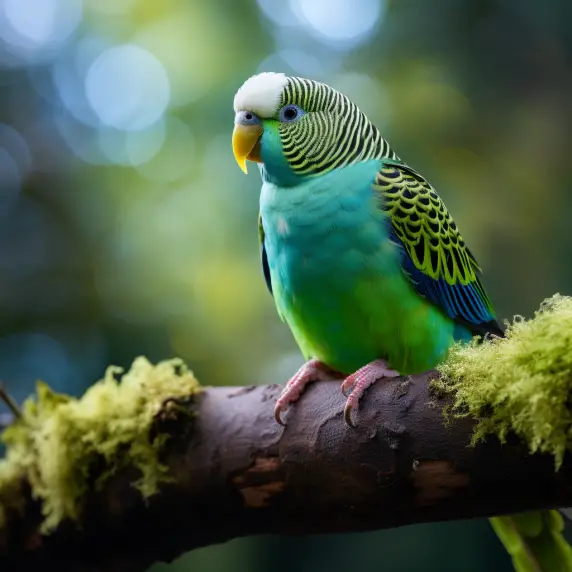
The wild environment presents a different set of challenges compared to a home or aviary. It’s a vast, unpredictable world that tests a parakeet’s resilience and adaptability. Yet, these robust little birds have an array of adaptations that can help them meet these challenges head-on.
1. Adapting to Climate and Seasonal Changes
A wild environment exposes parakeets to a range of climatic and seasonal variations. While they naturally thrive in moderate temperatures, they can adapt to a certain degree of cold and heat. To combat cold, parakeets fluff up their feathers to trap heat, and in hot conditions, they seek shade and cool off by panting.
2. Predator Threats and Evasion Strategies
Predator threats are significantly higher in a wild setting. Parakeets face potential dangers from larger birds, predatory mammals, and even snakes. Their primary evasion strategy is their fast and agile flight, allowing them to quickly escape threats.
Their bright colors also offer camouflage, helping them blend into their environment.
3. Finding Food and Water: The Foraging Challenge
In a domestic setting, food and water are provided, but in the wild, parakeets must forage for these necessities. Luckily, parakeets are natural foragers and can adapt to a varied diet. They consume everything from seeds and fruits to insects and vegetation.
Finding water sources can also be challenging, but parakeets are quite adept at locating water, often by following other birds.
4. Social Adaptations: From Lone Bird to Flock Member
Parakeets are inherently social birds. In the wild, they often form flocks, which offers multiple benefits. Flock living provides protection from predators, shared knowledge about food and water sources, and companionship that can aid in coping with the stress of a wild environment.
The journey of a parakeet in the wild is undoubtedly challenging, but their adaptability and resilience offer them a fighting chance. It’s important to remember, though, that each bird’s experience can vary widely, depending on individual circumstances and environmental factors.
Real-world Case Studies: Domestic Parakeets in the Wild
While understanding the theoretical aspects of parakeet survival in the wild is important, real-world case studies offer tangible evidence of how these birds fare when released or escaped into the wild.
1. The Monk Parakeet Invasion of the US and Europe
Monk Parakeets, native to South America, were popular pets in the US and Europe in the 1960s and 70s. Many escaped or were released into the wild, leading to the establishment of feral populations.
These birds adapted to urban environments, building large communal nests on power lines and withstanding colder climates better than other parakeet species.
2. The Rose-Ringed Parakeet Populations in London and Paris
The Rose-ringed Parakeet, originally from Africa and South Asia, has established feral populations in several European cities. London and Paris, in particular, have substantial numbers.
These birds are thought to have escaped from pet owners and adapted to city life, finding food in gardens and parks and nesting in holes in trees.
3. The Budgerigar’s Adaptation in Florida
In Florida, escaped domestic budgerigars have managed to establish feral populations. Despite the state’s tropical storms and predatory birds, these parakeets have adapted to their new environment, finding food in bird feeders and local vegetation and nesting in tree cavities and artificial nest boxes.
These cases underscore the adaptability of parakeets and their ability to survive and even thrive in diverse environments. However, it’s crucial to remember that the success of these populations is not a guarantee for every individual bird. Parakeets released into the wild face a range of challenges, and many do not survive.
FAQs: Parakeets and Wild Survival
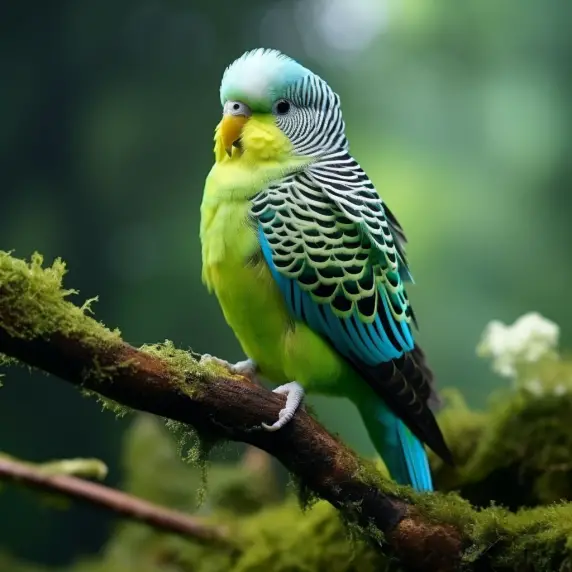
1. How long can parakeets survive in the wild?
The survival duration of parakeets in the wild can greatly vary. Some parakeets may only survive a few days due to predation, harsh weather conditions, or inability to find food, while others can potentially survive for several years if they manage to adapt effectively to their new environment and join existing bird flocks.
2. Will parakeets survive outside?
Parakeets can survive outside, particularly in milder climates, if they can locate food and water sources. However, they may face various threats, such as predators and inclement weather, which can impact their chances of survival.
3. Can I release a parakeet into the wild?
Releasing a pet parakeet into the wild is not recommended. Domesticated parakeets may lack the necessary survival skills for a wild environment. Moreover, releasing non-native species can disrupt local ecosystems and lead to unexpected ecological consequences.
4. Can a pet bird survive in the wild?
While some pet birds might manage to survive in the wild, many will struggle due to their domestic upbringing. They often lack experience with foraging for food, avoiding predators, and dealing with harsh weather conditions.
5. Are there any parakeet species more likely to survive in the wild?
The survival potential of a parakeet in the wild largely depends on its adaptability, its previous experiences, and the specific conditions of the wild environment. However, Monk Parakeets and Rose-ringed Parakeets have successfully established wild populations in non-native regions, indicating their high adaptability.
6. Can domestic parakeets revert to wild behavior?
While domestic parakeets retain many of their wild instincts, such as foraging and social behaviors, they may struggle to fully revert to wild behavior due to their dependency on humans for food and protection.
7. How long can a parakeet survive in the wild without food?
The duration a parakeet can survive without food depends on several factors, including its overall health and environmental conditions. However, it is typically challenging for these birds to survive more than a few days without food.
8. What steps can I take to help a lost or escaped parakeet survive?
If a parakeet is lost or escapes, try to locate the bird as soon as possible. Leaving its cage outside with food and water can sometimes lure it back. Alerting local bird clubs, and animal shelters, and using social media to inform your local community can also help.
If you find the bird, ensure to provide it with warmth, water, and food as soon as possible. Consult with a vet or bird expert for further advice.
Concluding Thoughts
While some parakeets can adapt and survive in the wild, it is a daunting challenge filled with numerous risks. The harsh realities of the wild, ranging from finding food and water to evading predators, can test the limits of these domesticated birds.
Although parakeets have shown remarkable adaptability, the survival of each individual bird varies widely. This highlights the need for responsible pet ownership to prevent unintentional release and ensure their safe return if escape occurs.
The intriguing facets of parakeet behavior, adaptation, and survival reflect the extraordinary capabilities of these vibrant birds.

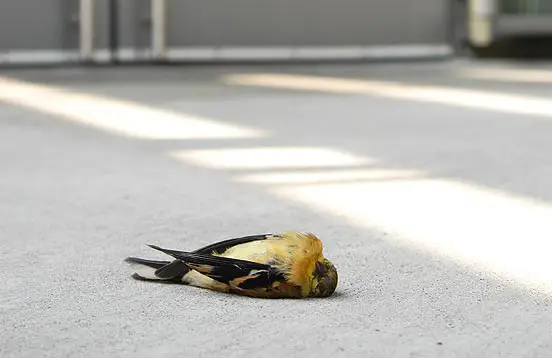
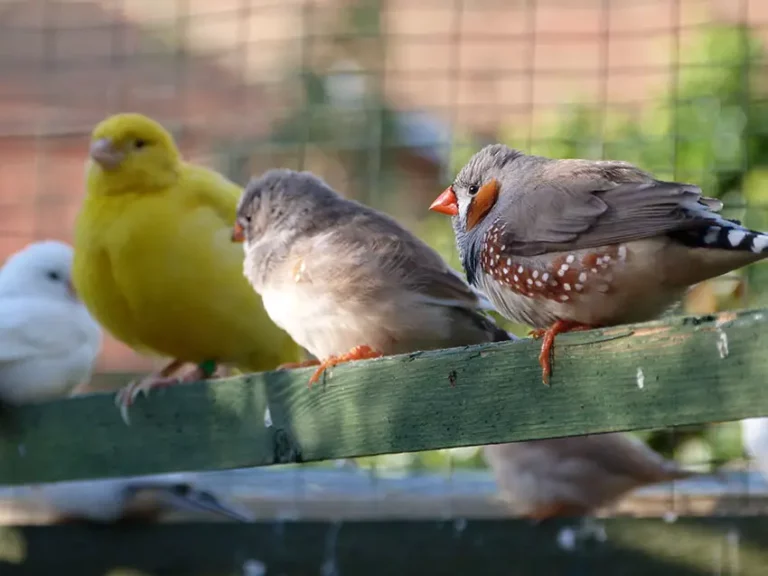
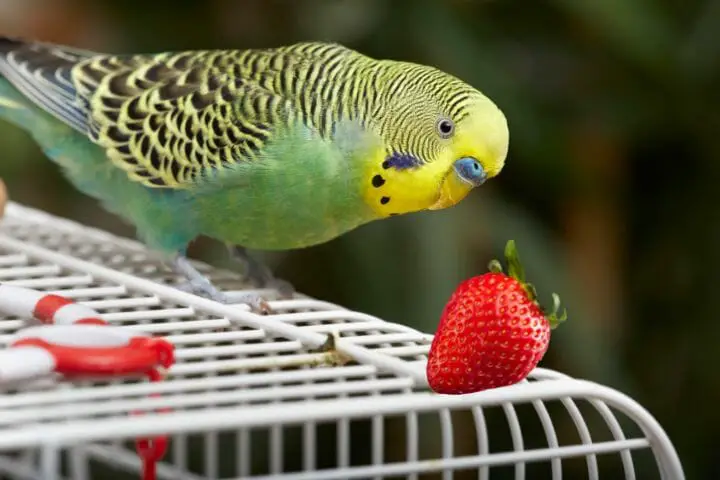
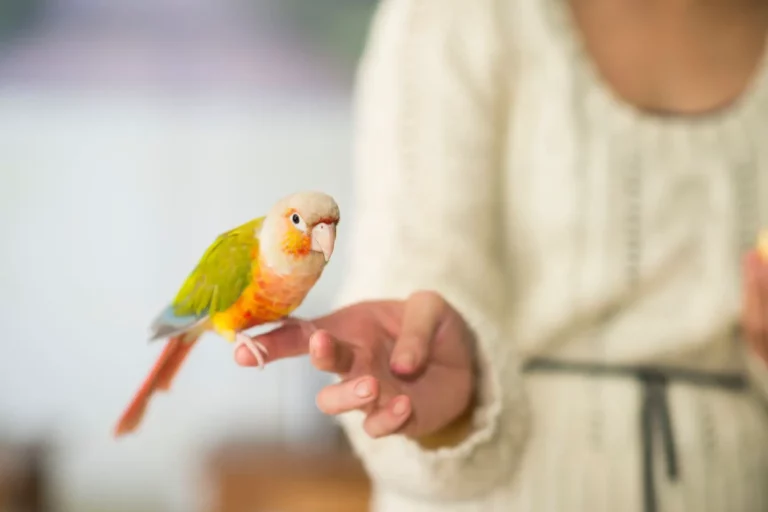
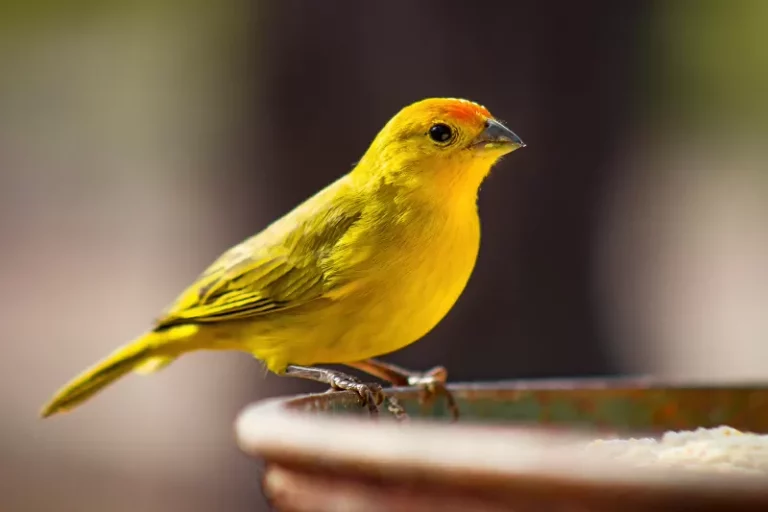
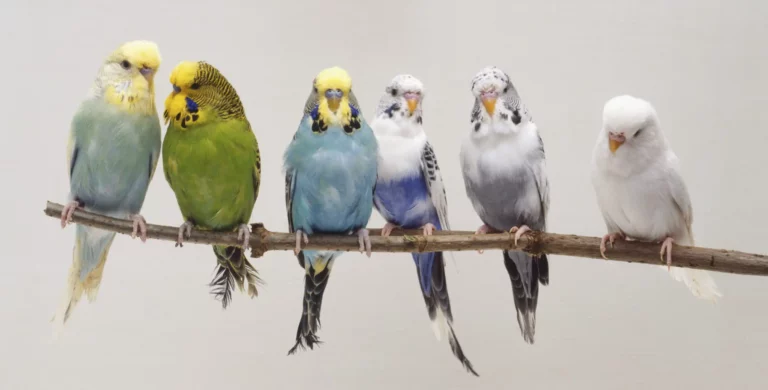
Greetings from Florida! I’m bored at work, so I decided to browse your site on my iPhone during lunch break. I love the information you provide here and can’t wait to take a look when I get home. I’m surprised at how fast your blog loaded on my cell phone .. I’m not even using WIFI, just 3G. Anyways, awesome blog!
Thanks Lionel
Appreciation for really being thoughtful and also for deciding on certain marvelous guides most people really want to be aware of.